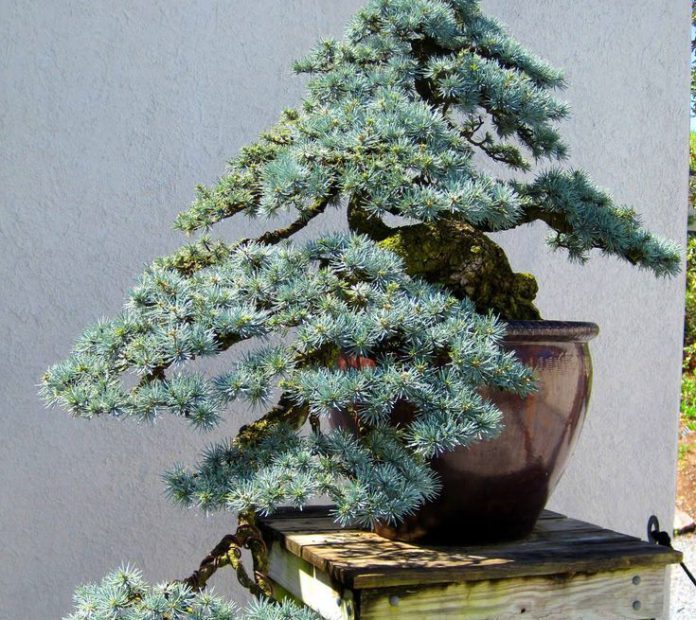Druhomes.com – Bonsai is an aesthetic tree that grows best indoors or outdoors. It is interesting to grow Bonsai in a pot. Bonsai will make your house look attractive. It has small and curvy branches with tiny green leaves. You will love it to grow on a terrace, windowsill, or balcony. Moreover, this plant needs constant water and soil nutrients. Thus, most people who grow Bonsai always water it regularly. It is not quite hard to grow Bonsai indoors. In this article we will discuss 16 Tips for Growing Bonsai: An Artistic Tree for Indoor and Outdoor Décor. With the various tips that we will discuss, you can grow your bonsai more easily for indoor or outdoor decoration. Let’s discuss it!
-
Soil
Soil is the most important element before growing a plant. Bonsai needs the best soil in the first growing. Beginners can purchase pre-made Bonsai soil. Like most plants, Bonsai requires some elements like humus, perlite, peat, or vermiculite to make healthy soil in a pot. You can also add these elements to your garden soil.

Most elements in Bonsai soil will keep humidity inside the pot. Also, they can hold water for the roots. If you want to purchase Bonsai soil, choose a product that contains nutritious elements. Besides that, you can layer the soil by putting some pebbles on the bottom, then add sand and soil elements that you have.
1 of 16
-
Fertilizer
Fertilizer is an additional element for Bonsai. Not all Bonsai varieties need fertilizer, but it can help this plant to grow better. Besides that, many types of fertilizer that you can use. The big three fertilizer elements are nitrogen, phosphorus, and potassium, or NPK. The NPK is safe for all Bonsai varieties.

Besides, most beginners use Controlled-release fertilizer (CFR) pellets during the first growing. For grown-up Bonsai, it is better to check the package of your fertilizer, and then take the right ratio based on a gardening chart. Every type of Bonsai needs a different ratio of fertilizer to grow well.
2 of 16
-
Watering
Watering is a must-have element for every plant. The need for water depends on the variety of Bonsai trees. This element is precious for your Bonsai during the first growing. Most Bonsai varieties need frequent water to survive. Moreover, this plant requires more water during hot seasons. Bonsai that grow in rocky soil also need more water than those growing directly in soil.

It is time to water your Bonsai when the soil is dry. Also, tap the side of the container to check the humidity. Then, water it thoroughly from the surface. Don’t wait until the leaves are dropping till you must water it. It is better to water it regularly.
3 of 16
-
Growing Crowd or Single
The next thing to consider is the amount of Bonsai trees. Growing it in a group will take up more space than a single tree. Most Bonsai trees grow up with branches. Thus, it is better to plant one Bonsai in every pot, if it is a big tree. Also, water it thoroughly to get enough nutrients for their roots.
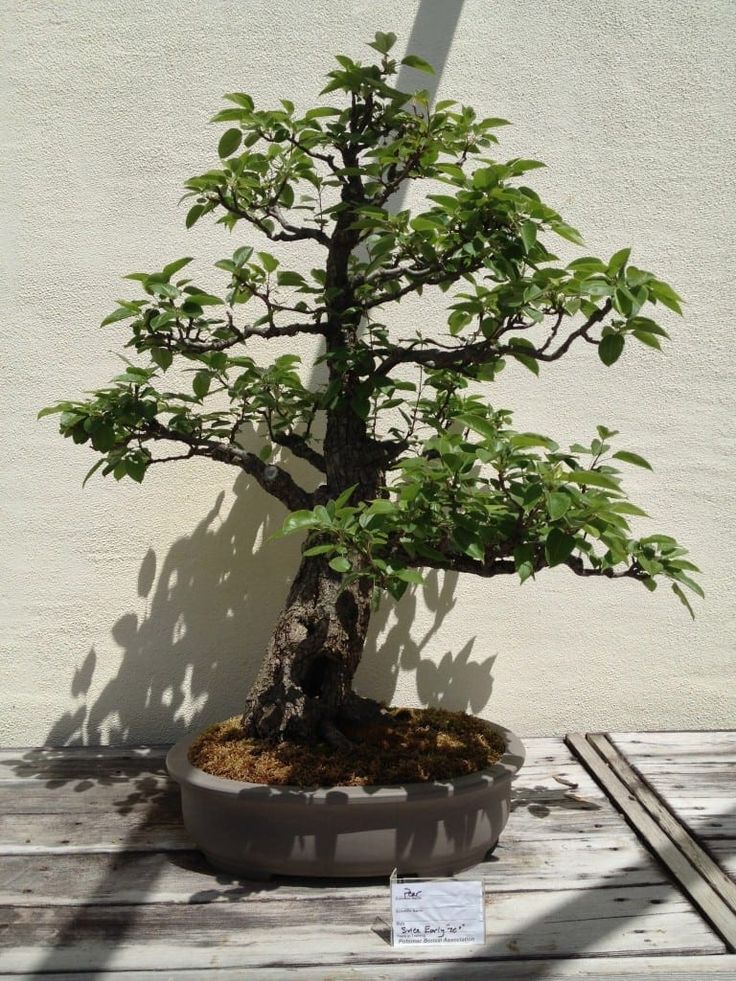
Besides, there is another option if you love to have a Bonsai forest. It will be a small group of Bonsai in a pot. You must select Bonsai trees from one species before making it in your home. The best idea is to have some trees in various shapes, trunk-thickness, and size. Then, never put them in rows and it looks better to plant trees in random positions.
4 of 16
-
Supplies
it is the most basic thing for a Bonsai lover. Most Bonsai gardeners need to prepare some things like a soft and flexible wire, raffia, and other aids to shape your Bonsai tree. The soft and flexible wire is functional to shape Bonsai for a few weeks. Then, you can remove it when Bonsai has a perfect shape.
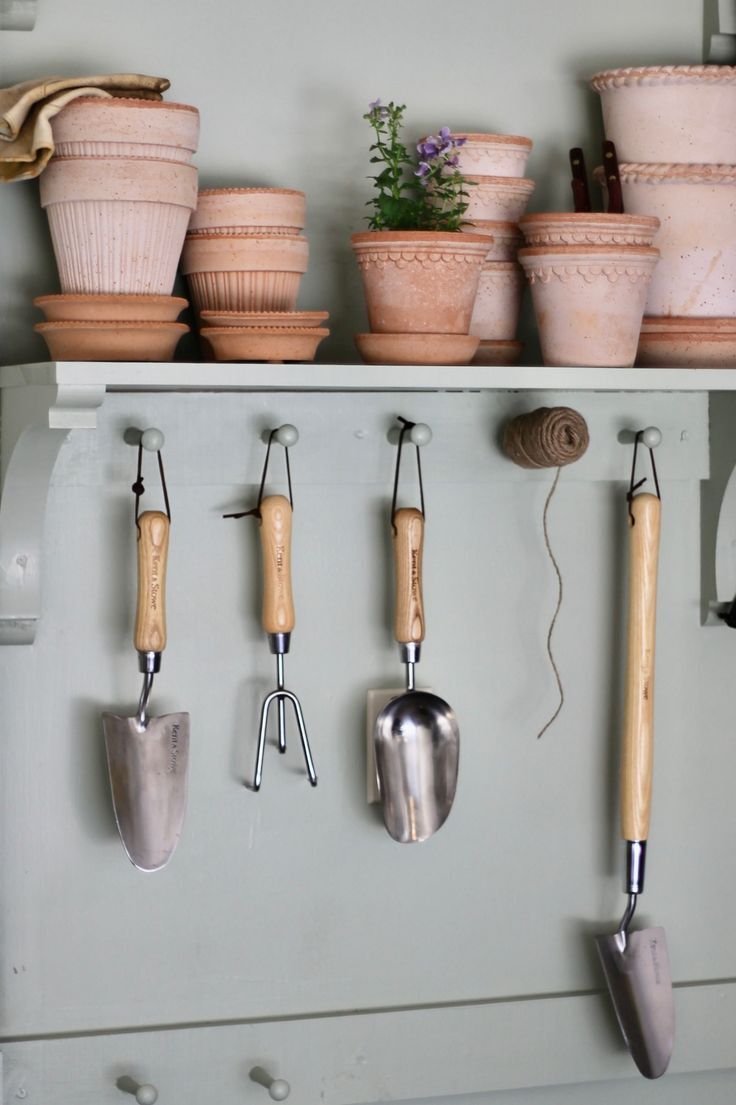
Moreover, it is okay to store Bonsai seeds if you want more trees. Some gardeners grow Bonsai seeds to get many trees. Besides that, growing Bonsai is not easy and needs good care. You need to store some tools like a pruner, garden trowel, etc.
5 of 16
-
Manage Pests and Diseases
Pest and disease will affect Bonsai’s growth. It appears with some symptoms like yellow leaves, broken trunk, and the like. Thus, research on your Bonsai and its growing area. Maybe there are insects, bacteria, or fungi in a Bonsai tree. If there is a broken part in your Bonsai, you need to remove or cut it out.
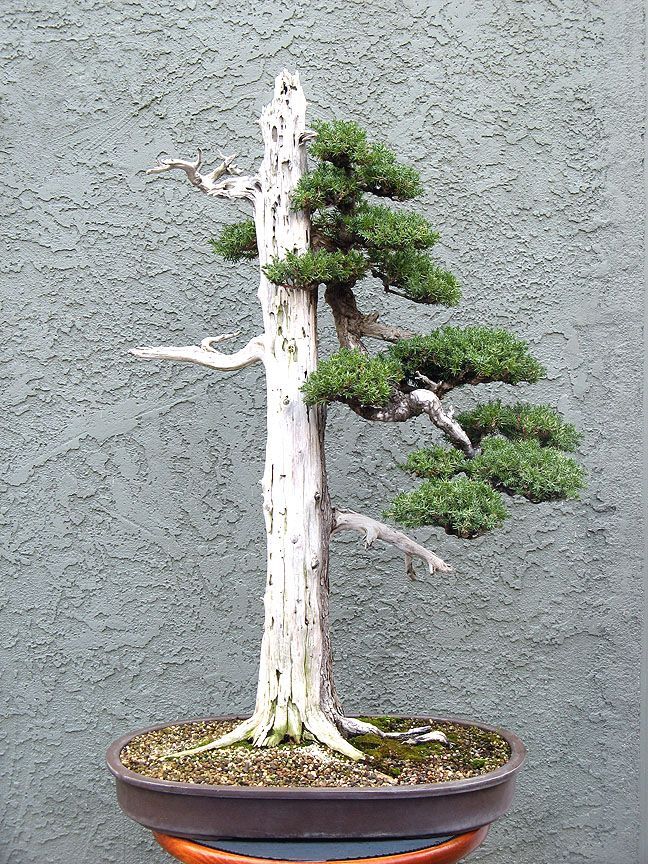
Moreover, pests and diseases can be serious if you don’t take first aid for Bonsai. It may affect their growth and spread to other parts. Besides, it is better to wipe up the Bonsai tree from the leaves to the bottom. It helps you to detect all pests and diseases.
6 of 16
-
Look for Basic Bonsai Art
Growing Bonsai is like making a botanical art. Many designs of Bonsai art that you will find on the internet. Pick one best picture that inspires you to make one at home. Maybe you can collect some pictures as a reference. Before starting to make Bonsai art, take some tools like wire or raffia and a pruner with you.
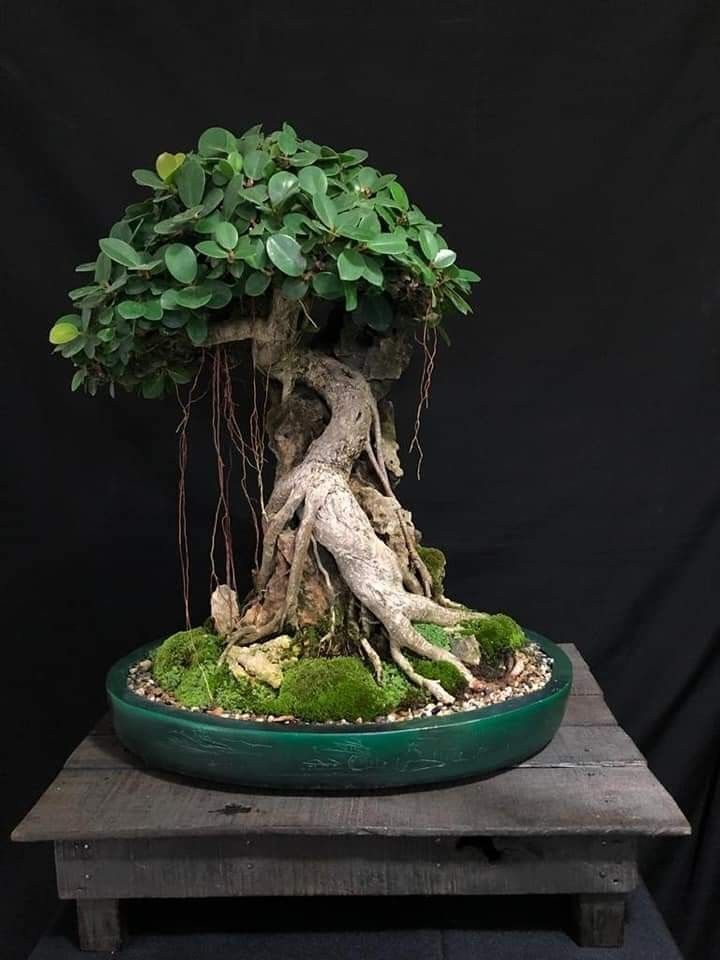
Furthermore, arrange the branches and how they should make some shapes. It is more attractive to create asymmetrical Bonsai. This shape is quite striking for decorative purposes. You can also make lines that will catch the attention of Bonsai.
7 of 16
-
Find Your Bonsai
The next thing is growing the best Bonsai for your garden. Many types of Bonsai that you can choose from indoors and outdoors. For example, the evergreen Bonsai will stay green year-round. It has various plants like the Money Tree (Pachira aquatica), Juniper Bonsai (Juniperus), Sweet Plum (Sageretia theezans), and Hawaiian umbrella tree (Schefflera arboricola).
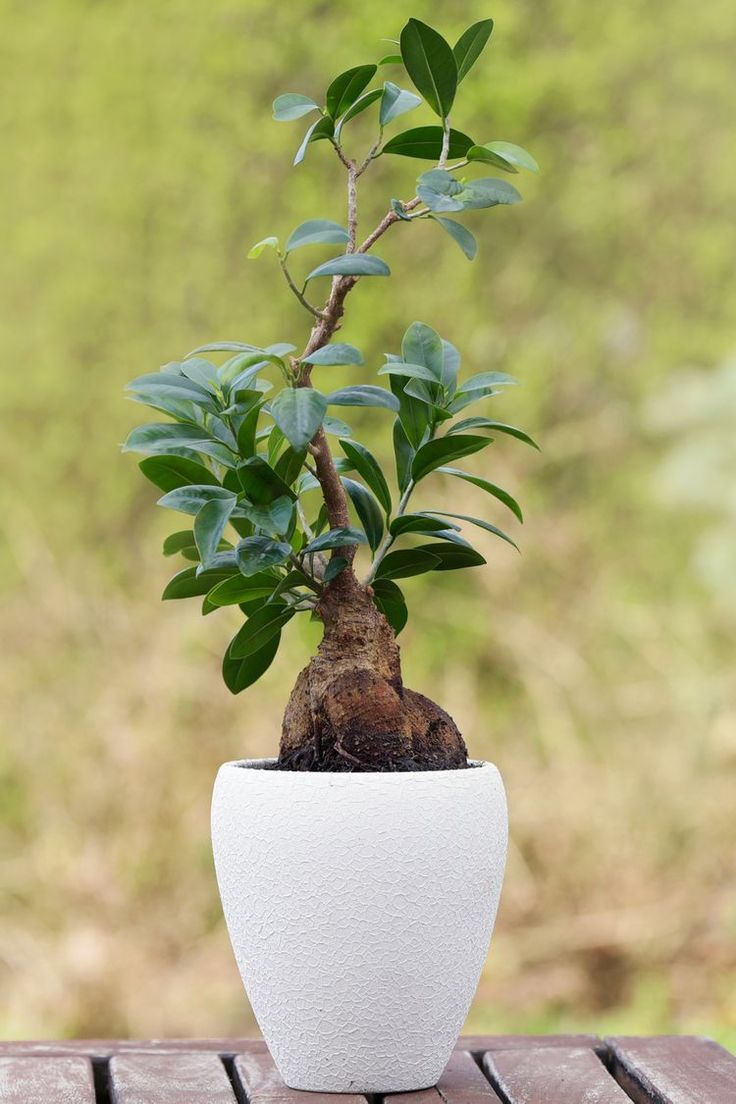
Furthermore, there are deciduous Bonsai trees like Japanese Maple Bonsai (Acer palmatum) and Chinese Elm Bonsai tree (Ulmus parvifolia). Moreover, these species will make a different growth. Every Bonsai also requires different soil, temperature, and climate. Therefore, it is better to know Bonsai’s characteristics before growing at home.
8 of 16
-
Plant Indoor or Outdoor
Some gardeners will consider putting Bonsai indoors or outdoors before growing it. They make a decision based on the Bonsai needs. Some Bonsai grow well under full sun or partial sun. Thus, it can grow outdoors or indoors in a sunny area. The need for sunlight will make a drastic growth for Bonsai.
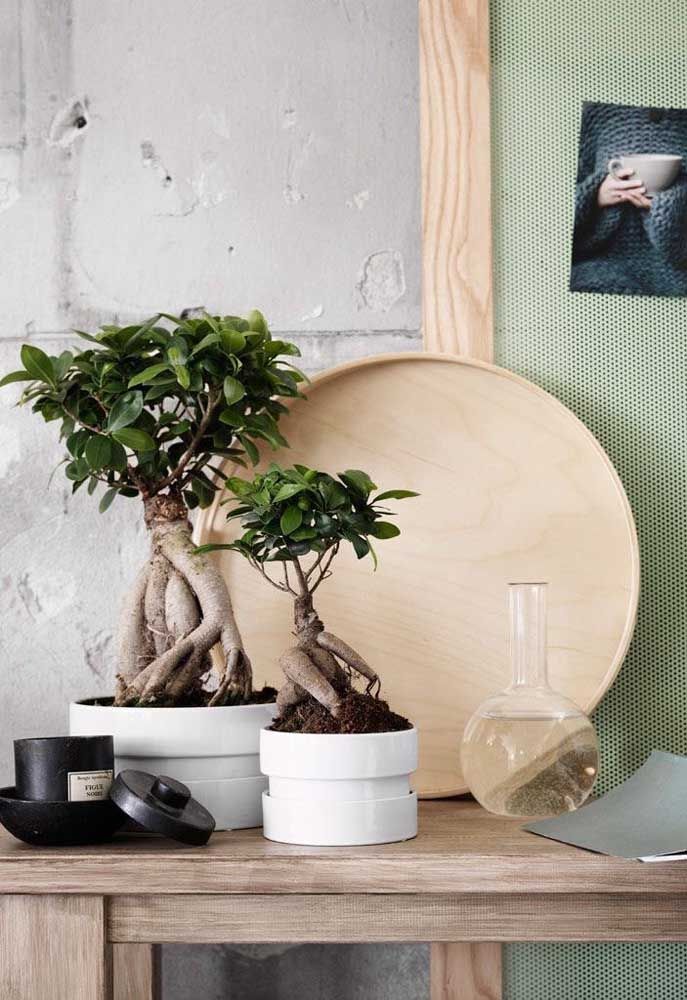
Mostly, indoor environments receive less sunlight than outdoor areas. This place is best for Bonsai who need more sunlight. There are Bonsai that grow best outdoors like Cedas, Larch, Birch, Juniper, Maple, Elm, and Ginkgo. The outdoor Bonsai needs winter dormancy because it can’t stand out in the cold.
Otherwise, if you want to grow an indoor Bonsai, find a sunny area in your home. Indoor Bonsai needs lower light and require a moist environment. There are indoor Bonsai like Gardenia, Ficus, Camellia, Hawaiian Umbrella, Kingsville Boxwood, and Serissa. Indoor and outdoor Bonsai needs regular watering.
9 of 16
-
Select a Pot
Growing indoor Bonsai needs a container-like pot. Besides, the pot should be larger than Bonsai. This plant can’t live well if you grow it in a restricted pot. Moreover, observe the pot thoroughly from the bottom. There should be some drainage holes. It helps Bonsai roots to breathe and spread freely.
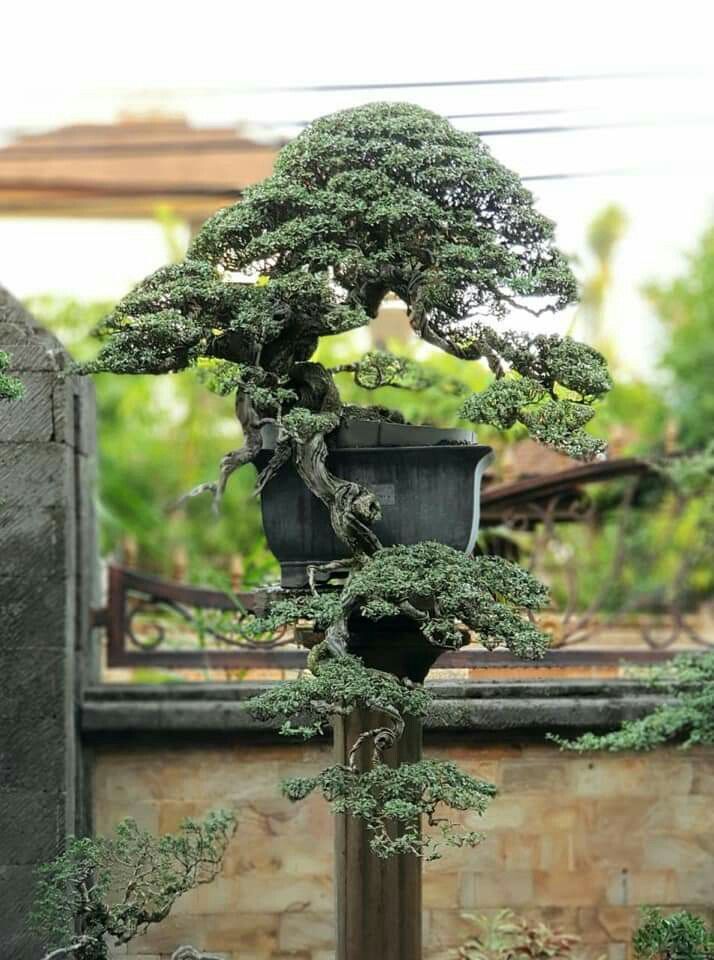
Furthermore, the pot for Bonsai needs enough space to load soil materials. Add a little fertilizer to the top layer of Bonsai soil. Besides, choose the pot that is easy to repot. It is okay to use pots from materials like plastic or pottery. Both have benefits that help your Bonsai grow well. Another thing to consider is always checking the pot bottom. If you see Bonsai roots emerge from the holes, then repot your Bonsai into a larger pot.
10 of 16
-
Repot Your Bonsai Tree
Repotting the Bonsai tree is beneficial for an overgrowing plant. Some gardeners take Bonsai from the pot into a new one. It will ensure your Bonsai growth by adding soil nutrients or cutting the overgrowing roots. Don’t prune the roots more than 25 percent of the roots. Also, clean all roots from the soil before planting it in a new pot.
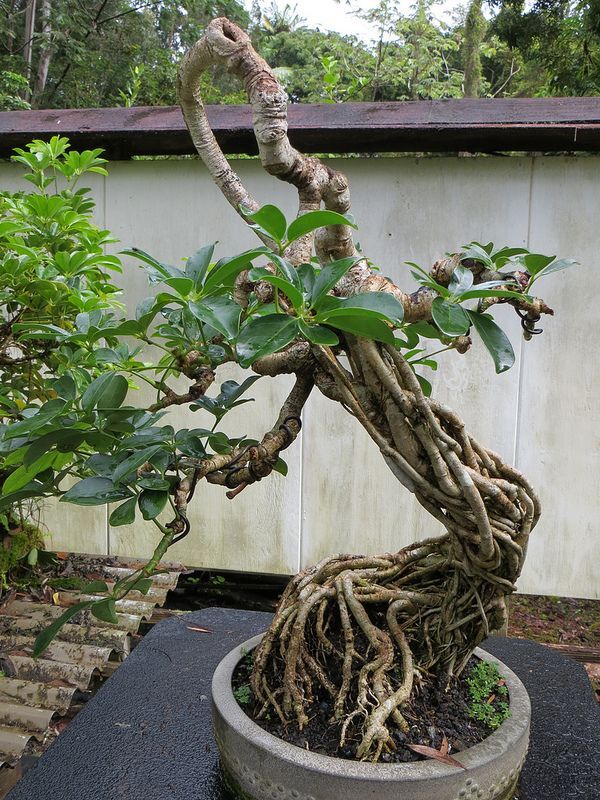
The overgrowing Bonsai needs to be pruned. Then, prune some branches to allow it to grow faster than before. After that, add soil nutrients to stimulate its growth. Watering this plant thoroughly in a pot. It needs constant humidity during the first week after repotting.
11 of 16
-
Find the Best Place for Your Bonsai
The environment has a direct impact on plants. Every plant has a preferable place to grow best. Some Bonsai varieties love to grow under full sun. This plant needs direct sunlight at least 6-8 hours in the morning. Meanwhile, the low-light Bonsai prefer partial sun.
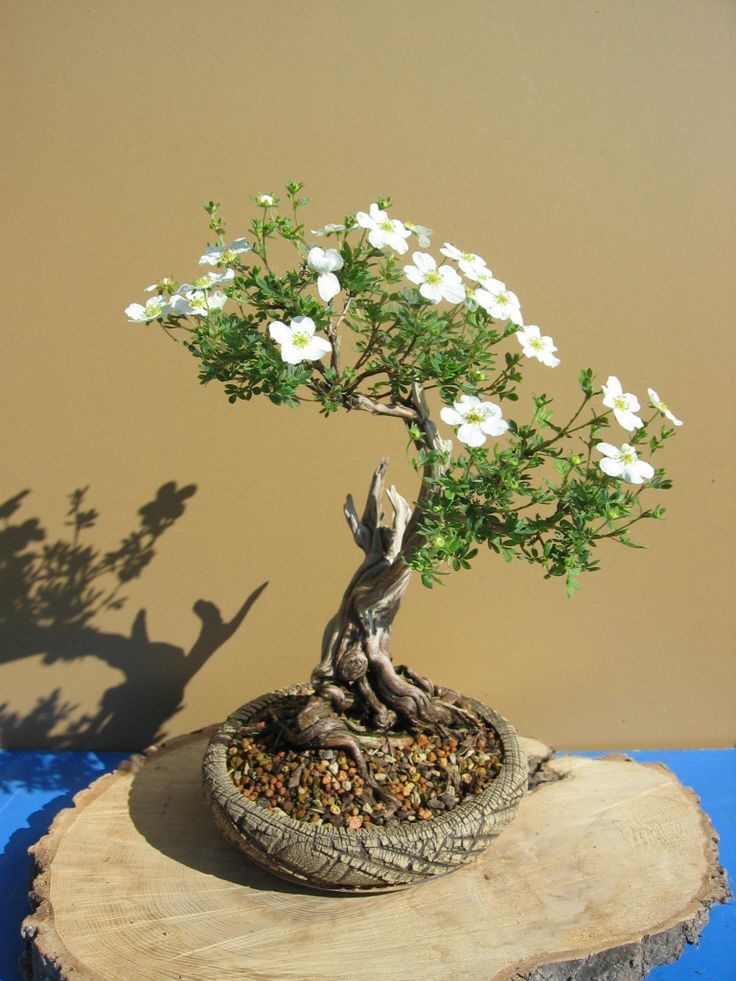
After repotting your Bonsai, it needs to adapt to a new environment. Thus, put your Bonsai under the partial sun before taking it into the full sun area. Wait it for weeks and keep watering it. When it grows new leaves and looks healthy in a new pot, then move it outdoors. Besides, if you have an indoor Bonsai, move it into a sunny area like a window sill.
12 of 16
-
Checking the Roots
Bonsai can grow long roots in a pot. It will spread in the soil and somehow fill the pot. Some roots may appear from the drainage holes. It is a sign that your Bonsai needs new care. You can report it, then pruning the roots. Also, brush the roots from dirt.
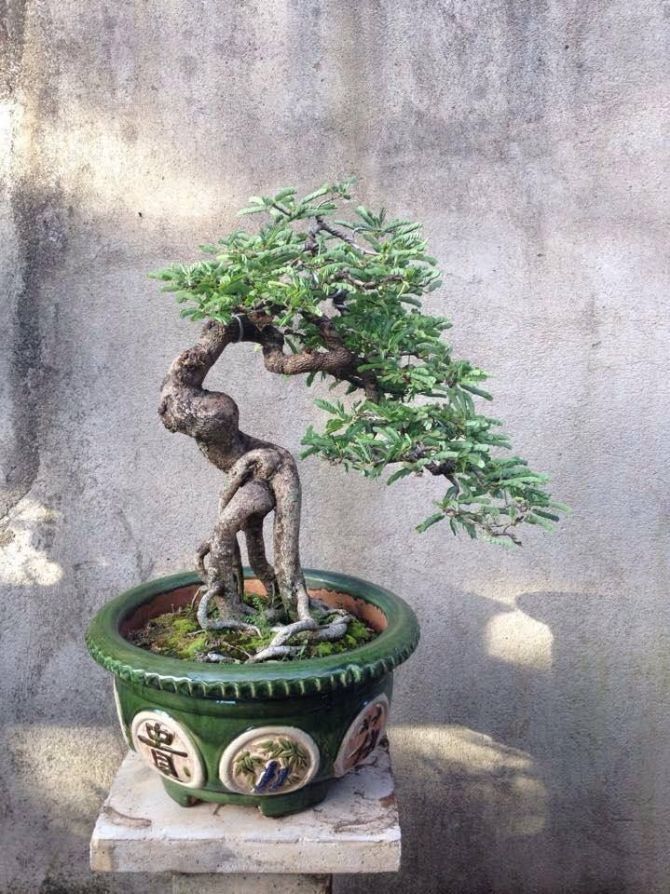
Moreover, always checking the roots will help you to monitor Bonsai’s growth. Also, you can add slow-release fertilizer after repotting this plant. Then, put your Bonsai in a sunny place to support their roots’ growth. In addition, watering it regularly to keep growing new roots.
13 of 16
-
Keep Humidity in Soil
Humidity is one of the essential things for Bonsai. It needs a humid environment to keep hydrated. Bonsai loves humid soil and moist temperature. You can purchase a humidifier for the Bonsai plant. It will keep an ideal humidity at the range of 50-70 percent.

Besides that, you can use a spray bottle if you don’t want to invest in a humidifier. Then, misting your Bonsai with a spray bottle. Ensure it gets enough shelter to keep moist soil. Some Bonsai plants need regular watering.
14 of 16
-
Regular Pruning for Bonsai Leaves
Pruning is a beneficial activity for gardening. The overgrowing plants need regular pruning. It makes your plant healthier and allows it to grow more leaves. Somehow, Bonsai can grow like a small bush or you want to style it up. Therefore, taking some cuts will make it better.
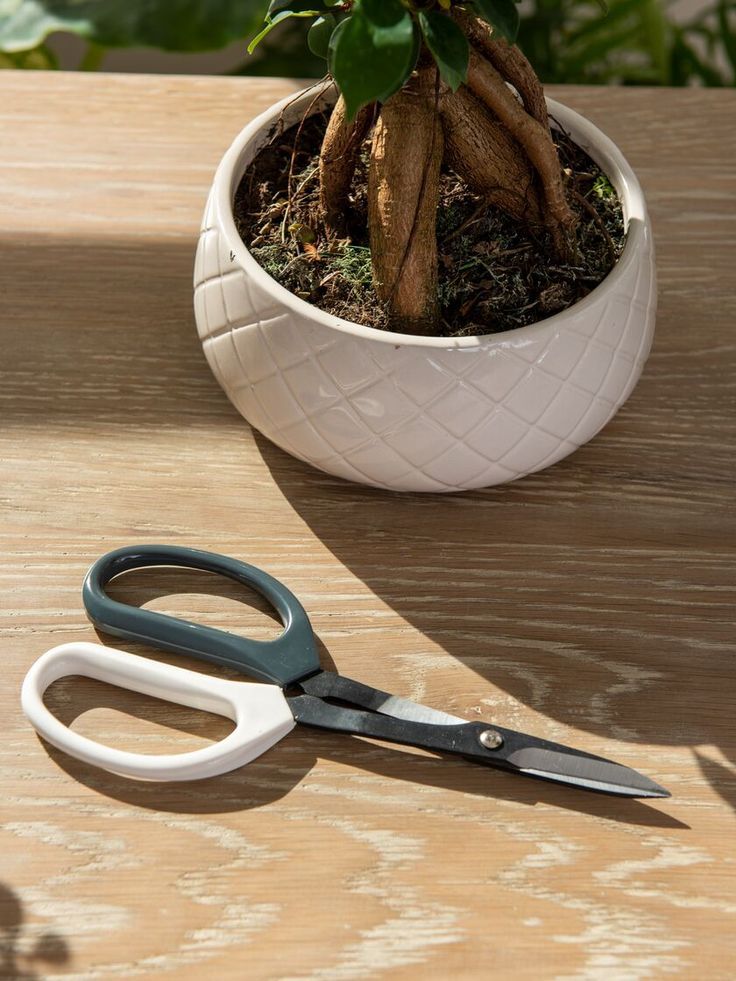
Moreover, you can cut some branches that go too wild. Keep your Bonsai looks neat with your style. Furthermore, pruning Bonsai will make it compact and encourage new growth. After cutting the branches, put a healing paste on it. This thing will prevent disease that comes from the cutting area.
15 of 16
-
Shape Your Bonsai
Shaping a Bonsai will transform it into a stunning plant. Many ideas for Bonsai artworks that you will love to steal. It is not merely a strange shape for Bonsai but also encourages it to grow. You need a pruner and wire to help you shape it. Pick the easiest style as a starter for your Bonsai.
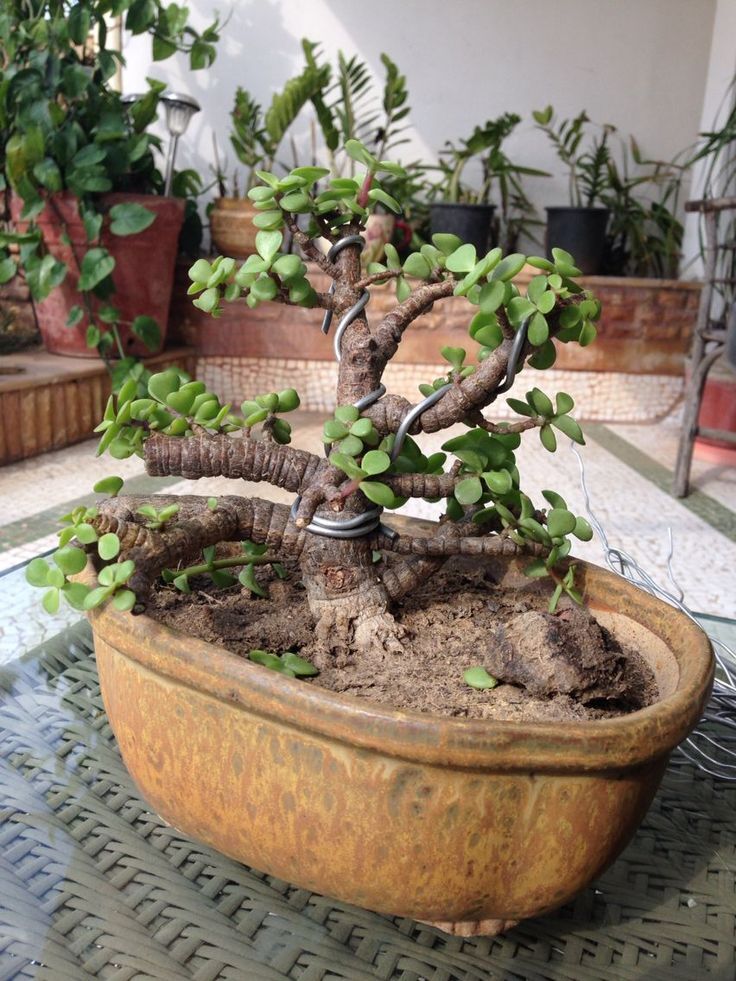
Then, wrap the branches with wire at some points. After that, bend your Bonsai in the direction that you want. Shaping the Bonsai branches may take some weeks. Thus, you need to check the development of Bonsai branches. After their branches grow as well as you want, remove the wires gently. In addition, you can prune some leaves to encourage the growth.
16 of 16
That’s our discussion about 16 Tips to Grow Bonsai: An Artistic Tree for Indoor and Outdoor Décor. Growing a Bonsai tree is an aesthetic way to make decorations. It makes an interesting accent for indoor and outdoor design. You can make it more stunning by shaping Bonsai branches. Also, you can cut some leaves to make a canopy-like design. Moreover, Bonsai grows well in partial sun to full sun. Having this plant in your home will not declutter the interior or exterior. It is nice if you have a Bonsai to care for. You can use this post to guide you when developing a Bonsai tree. Hopefully, it helps you with aesthetic Bonsai tips. Good luck and happy gardening!


